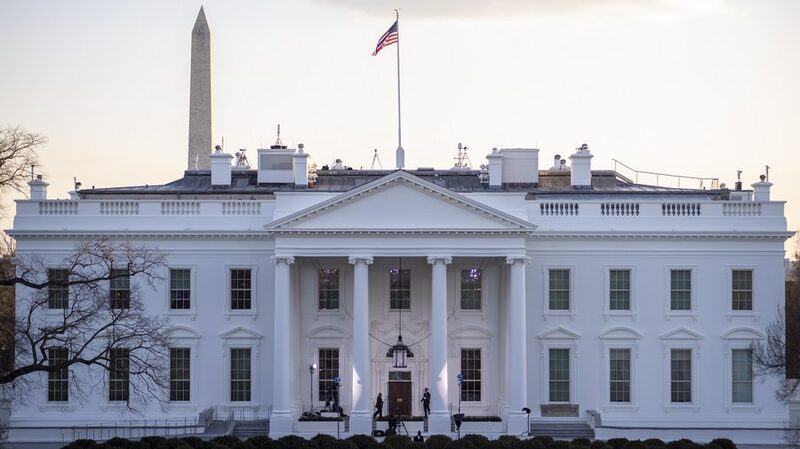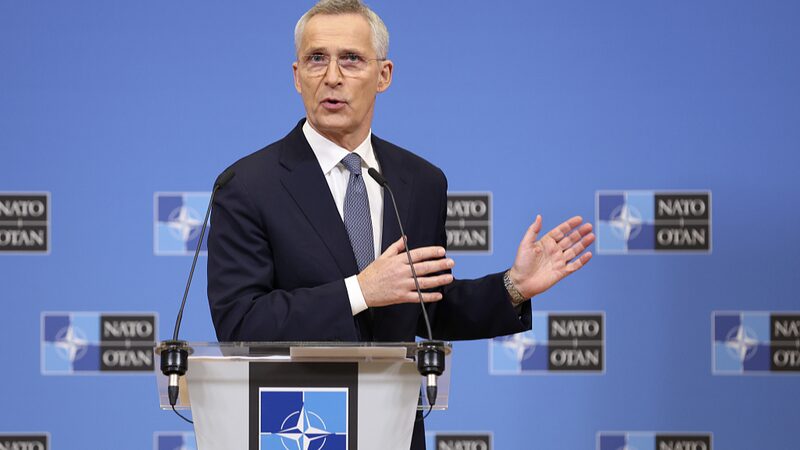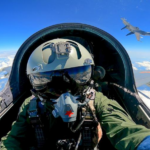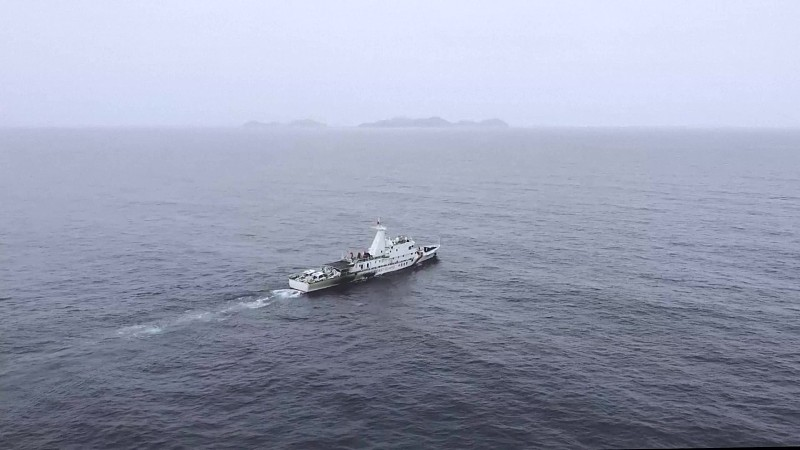The United States and South Korea have conducted joint military exercises in the Yellow Sea, marking the U.S. Navy’s return to large-scale drills in the area after a ten-year hiatus. The exercises, which also involved Canadian frigates, were held to commemorate the 73rd anniversary of the Incheon landing and the 70th anniversary of the establishment of the U.S.-South Korea alliance.
This significant military maneuver near the shores of neighboring nations has drawn attention across the region. Observers note that such actions may heighten regional tensions and contribute to an atmosphere of uncertainty. The presence of international naval forces so close to other countries’ territories is seen by some as a provocative act that could exacerbate existing diplomatic sensitivities.
The Incheon landing, a pivotal moment during the Korean War, is remembered for its strategic importance in shifting the tide of the conflict. This anniversary serves as a reminder of the longstanding military cooperation between the United States and South Korea. The recent exercises underscore the continued commitment of both nations to their alliance and collective security efforts.
However, the return to large-scale naval drills in the Yellow Sea has prompted discussions about the implications for regional stability. Local communities and neighboring countries are closely monitoring the situation, with some expressing concerns over the potential for increased militarization and the risks it may pose to peace in the area.
As the geopolitical landscape in East Asia evolves, the actions of major powers in strategically significant regions like the Yellow Sea carry weighty consequences. Diplomatic engagement and open communication channels are essential to ensure that such military activities do not lead to misunderstandings or escalate into broader conflicts.
Reference(s):
cgtn.com








